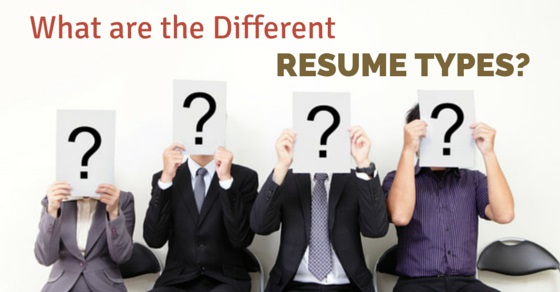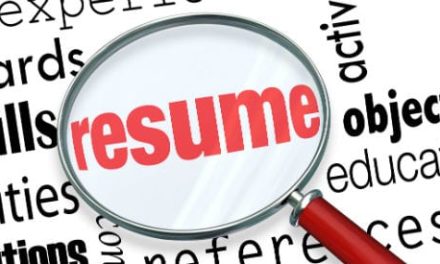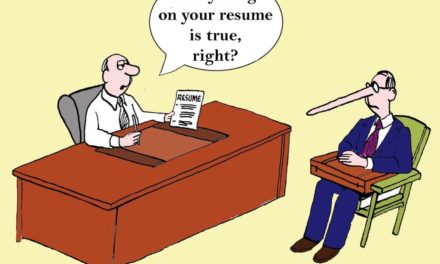In today’s competitive job market, more and more qualified applicants are competing for fewer positions. Job-seekers and job-changers have a significant challenge, just getting into an interview. The resume — a typewritten summary of experience and education — is the key to getting that all-important interview. Its purpose is to influence the employer favourably to screen you into a meeting. But the resume that worked five, ten or twenty years ago is not likely to be productive today.
The typical employer today may face the challenge of having to select five people to interview from a stack of 200 applications. Therefore, he or she needs to screen out the majority of job applicants to select only the best candidates to interview. The employer may prefer a particular resume format because it speeds the task of eliminating candidates. Your strategy will be to choose the size and contents of your resume to maximize your chances of getting screened. You have unlimited choices to make in determining what information you will include and how you will present it.
Most of the printed material on resume writing is from the United States, so some of the instructions you may come across in your research are not appropriate for the Canadian market. Always consider the source, geographic region, and date of any research materials you use on this subject.
TYPES OF RESUMES
Chronological
The chronological resume is the most familiar type of resume. It highlights your employment background, education, and training in reverse chronological order (most recent or current experience first). It includes the names of employers, dates, and critical duties performed. It tells you what you have done, but not how you played.
The vast majority of hiring employers probably prefer this format. It makes it easy for them to screen applicants out. They can quickly determine if you have the particular combination of education and work-related experience they’ve asked. If you don’t have it, you’re out.
The chronological resume is most likely the one you learned in high school, college or university, and it’s the most likely resume to support you in landing a job in today’s competitive job market.
To choose the right resume format, you need to analyze your job target, the employer’s needs and the competition. If you feel the chronological resume will work for you, you’ll still want to use an effective cover letter to highlight some of your strengths and convince the reader you’re a desirable, motivated employee.
Functional
A functional resume lists skills or accomplishments instead of an employment background and may illustrate the use of these skills. The resume either omits references to past employment or only lists past employers with no description of crucial responsibilities carried out. Frequently no dates are supplied. This resume format is NOT appealing to Canadian employers. They want to see employment background, including times and principal duties in sufficient detail so that they can assess its relevance for them.
This format would be suitable ONLY for the job candidate with no paid employment background or for an individual who has been out of the job market for an extended period — at home raising a family, in jail, in the hospital or out of the country travelling, for example.
Combination
The combination resume combines a chronological and functional resume. It is a chronological account of your background with information about how you have performed, the results you’ve achieved, or the particular skill strengths you’ve developed.
The combination resume makes you appealing to a potential employer by showing what you’ve contributed to past employers. It helps you sell the reader on what you can do for him or her. A targeted combination resume can be useful in today’s market.
CHOOSING THE MOST EFFECTIVE RESUME TYPE FOR YOU
Your background, job target and the competition you face are all variables to consider in writing your resume.
A “Curriculum Vitae” is an expanded detailing of academic and employment background, research, and publications. To write your resume, will require a lot of self-knowledge.
? name
? address
? phone number
? profile/summary/highlights/skill strengths/accomplishments or ? contributions (one or more of these)
? employment background
? education
? community/volunteer activities
? leisure interests
other
? “references available on request” statement
Your strategy as to what to include and where to place it is critical to achieving an interview.
Myth: You can’t get a job without experience.
Reality: You can, but you’ll have a hard time accomplishing this with a chronological resume.
© Wordscapes® (David Turner). All Rights Reserved.




